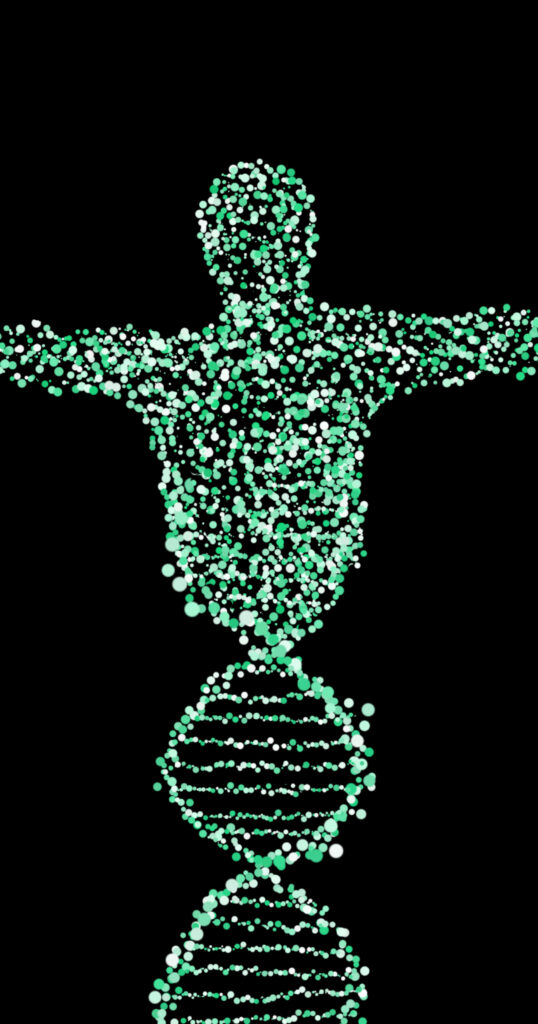genome editing
Genome editing technologies based on CRISPR/Cas systems allow targeted genomic modification with unprecedented precision and have emerged as powerful alternatives to the conventional gene therapy approaches for various human diseases, with a series of clinical trials in progress. However, some crucial challenges remain to be addressed to enhance efficiency and safety and decrease costs of treatments. Current viral-based delivery systems are associated with high risk of toxicity and immunogenicity and remain highly expensive.
We will develop a new generation of non-viral delivery systems for gene editing tools based on the use of modified nanoparticles with human- derived protein moieties that will allow targeting the tissue and cells of interest in vivo with minimal adverse effects. Prime editors have raised exciting possibilities for double-strand break free genome editing. However, a major limitation of current prime editors is highly variable efficiency both from one target to another and between cell types. We will design and evaluate novel prime editor tools in order to both increase activity per se and overcome cell-specific limitations.
We will test our approach on the hematopoietic system to treat Sickle Cell Disease, avoiding the challenges and risks of hematopoietic stem cell manipulation associated with current gene therapy approaches, and thus providing a treatment much simpler, safer and cost-effective to implement. Our technological breakthroughs address two key obstacles in cell and gene therapy: gene editing efficiency and systemic delivery. The novel prime editors and targeted nanoparticles that we will engineer will be combined to make unprecedented off-the-shelf, recombinant biologics for gene therapy. The versatility of the design of these novel recombinant biologics makes them suitable for the treatment of a vast majority of genetic diseases.

about the genomic disorders
Genetic disorders are a global burden
Genetic disorders have an incidence of 5.3% of the newborns followed up until the age 25 years.
Single, multiple-gene and multifactorial are the majority of those (5.2%) and only single gene disorders are estimated to have an incidence of 1-2%.
In Europe, 99% of genetic disorders are defined as rare diseases and it is estimated they affect approximately 25 million people.
more than 6,000 genetic disorders are described and the most common ones are Down Syndrome, Cystic Fibrosis, Thalassemia, SCD and Tay-Sachs disease.
SCD is the most common monogenic disorder and that affects more than 300,000 newborns annually, and it is estimated that number could increase up to 400,000 by 2050.
In Europe, SCD is affecting more than 52,000 people with a prevalence of 2.6 in 10,000 people.
SCD is also the most common genetic haematological disorder and is most prevalent in India, the Mediterranean basin, the Middle East and sub-Saharan Africa because heterozygosity for the sickle cell mutation in beta-globin, provides some protection against malaria. Genetic disorders are a global burden
At the moment, the standard curative treatment is HSCs transplantation which is still a risky procedure and dependent on availability of matched donors. Moreover, patients living in low-income countries have no access to this treatment.
and the potential societal impact of genetic therapy.
Society will enormously benefit from EdiGenT technology that will target single,
multiple-gene and potentially multifactorial disease.